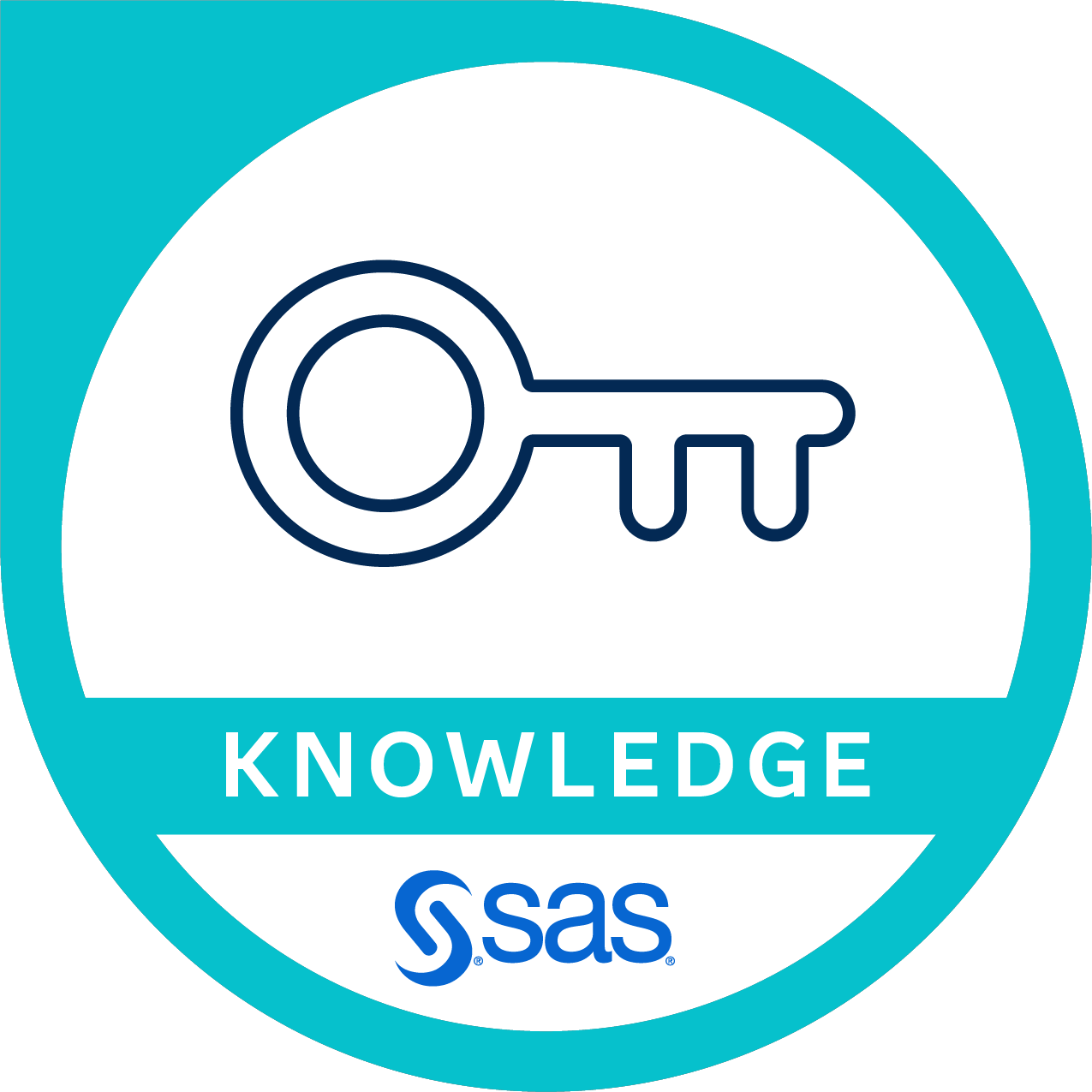Responsible Innovation and Trustworthy AI
DERI : DERI43
This course is designed for anyone who wants to gain a deeper understanding about the importance of trust and responsibility in AI, analytics, and innovation. The content is especially geared to those who are making business decisions based on machine learning and AI systems and those who are designing and training AI systems.
Whether you are a programmer, an executive, an advisory board member, a tester, a manager, or an individual contributor, this course helps you gain foundational knowledge and skills to consider the issues related to responsible innovation and trustworthy AI. Empowered with the knowledge from this course, you can strive to find ways to design, develop, and use machine learning and AI systems more responsibly.
We expect that each module can be completed in under an hour, and you can work at your own pace to complete the material. As we release new modules, you might lose progress through the material that you have completed, so please make a note of where you are leaving off before exiting the course.
Whether you are a programmer, an executive, an advisory board member, a tester, a manager, or an individual contributor, this course helps you gain foundational knowledge and skills to consider the issues related to responsible innovation and trustworthy AI. Empowered with the knowledge from this course, you can strive to find ways to design, develop, and use machine learning and AI systems more responsibly.
We expect that each module can be completed in under an hour, and you can work at your own pace to complete the material. As we release new modules, you might lose progress through the material that you have completed, so please make a note of where you are leaving off before exiting the course.
Learn How To
- Explain how trustworthy AI integrates with the AI and analytics life cycle and the data supply chain.
- Identify unwanted biases throughout the AI and analytics life cycle.
- Define principles of responsible innovation.
- Develop a lens for the principles of responsible innovation in action.
- Apply the principles of human-centricity, inclusivity, accountability, privacy and security, robustness, and transparency to scenarios of responsible innovation and trustworthy AI.
- Identify how SAS technologies address unwanted bias and innovate responsibly in data management, model development, and model deployment.
Who Should Attend
Data consumers, IT professionals, managers, analysts, data scientists, and anyone else who uses, designs, consumes information from, or makes decisions based on data and AI
Prerequisites
There are no formal prerequisites to this course, although it is helpful to have a working level of data literacy, which can be obtained in the Data Literacy Essentials course or the Data Literacy in Practice course (or both).
SAS Products Covered
None
Course Outline
Overview of Trustworthy AI and the Analytics Life Cycle
- Responsible innovation.
- AI and analytics life cycle.
- Trustworthy AI: How can SAS help?
- Data chain of custody.
- Unintentional bias.
- Ethics.
- Unwanted bias and the data chain of custody.
- Principles of responsible innovation.
- Defining human-centricity.
- Evaluating human-centricity.
- Scenario: palliative risk score model.
- Scenario: firing decisions taken by bots.
- Scenario: police raid home of innocent person.
- Defining inclusivity.
- Evaluating inclusivity.
- Scenario: fixing racial bias in EEG research.
- Scenario: introducing the first female crash test dummy.
- Scenario: racial disparities in automated speech recognition.
- Defining accountability.
- Evaluating accountability.
- Scenario: introducing the first female crash test dummy (revisited).
- Defining privacy and security.
- Evaluating privacy and security.
- Scenario: mobile device encryption and security.
- Scenario: mental health crisis data.
- Defining robustness.
- Evaluating robustness.
- Scenario: cryptocurrency exchange failure.
- Scenario: credit rating agencies and the subprime crisis.
- Discussion: why robustness is key to deploying AI.
- Defining transparency.
- Evaluating transparency.
- Scenario: law school rankings.
- Scenario: energy app for an electric vehicle.
- Scenario: credit score literacy program.
- Resource: guiding questions.
- Robust data governance.
- Transparent AI.
- Secure Model Ops processes.
Live Class Schedule
Duration: 7 hours
Step into our live classes and experience a dynamic learning environment where you can ask questions, share ideas, and connect with your instructor and classmates. With on-demand lab hours, you can explore the material at your own pace. Our globally acclaimed instructors will motivate you to think bigger, so you can take what you've learned and achieve your biggest goals.
This course isn't publicly scheduled, but private training and mentoring may be available. Contact us to explore options.
Private Training
Get training tailored specifically for your team, led by expert SAS instructors. Choose from virtual sessions, or training at your location (or ours). Perfect for teams seeking a customized curriculum and plenty of interaction with a SAS specialist. We'll schedule it at a time that works for you.
Mentoring Services
Take your training to the next level with personalized mentoring. While private training offers structured coursework, mentoring provides hands-on, real-time support from a subject matter expert. As you work with your own data, you'll receive expert guidance to help you uncover insights, unlock the full potential of your data, and make faster progress. Perfect for those looking to apply what they’ve learned and see quicker results.

This course helps prepare you to earn the following SAS Knowledge Badge: